Government should curb child labour in gold mining
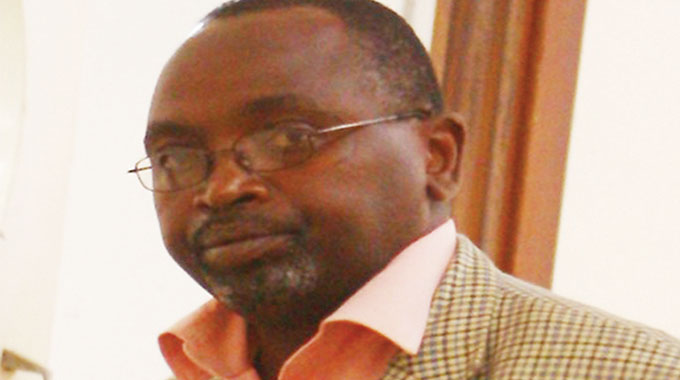
Raymond Jaravaza, Features Correspondent
AFTER the death of his father last year, 16-year-old *Mqondisi Nxumalo left his family home in Ntabazinduna and headed to Filabusi — a 125 kilometre journey — to join his uncle in gold mining.
He was never under the illusion that joining his uncle at a mine in the gold rich Filabusi District would be a walk in the park. Wars over gold claims are a common occurrence. Anyone who comes in the crosshairs of illegal gold miners, omakorokoza, is dealt with mercilessly.
Death is the ultimate price in gold wars. Losing limbs comes with the territory.
“My uncle said I should man up and help take care of my mother and three young sisters. My father succumbed to TB (tuberculosis) last year and my mother has been suffering from back pain for a long time so she can’t work except for odd jobs at home like gardening and doing laundry for my siblings,” the teen told the Chronicle in Entumbane suburb in Bulawayo.
He is recuperating at a fellow miner’s home from a freak accident that almost cost him a leg while working underground, when a rock fell near an area where they were working.
Because he was not wearing safety boots, as part of safety requirements that miners should be in protective gear at all times, Mqondisi was lucky to escape with fractured toes on his right foot.
With muscles that can match that of a much older miner, it’s easy to forget that he is just a teenager, whom under normal circumstances should be at school and enjoying teenage years just like his peers.
The mine that Mqondisi works for is owned by a local Filabusi businessman who gave him a job over a year ago. Today, Mqondisi is in no hurry to leave, despite having one of the riskiest jobs on a chaotic mine site, which the owner says is a licensed entity.
“I’m well paid; the money is enough to send back home to my family. No one bullies me at the mine because I work with my uncle and he has been working in Filabusi mines for years so other miners respect him.
“I have been given time off to recover but I will not be paid for the days I will not be working,” said the youngster.
His demeanor changes from that of a free spirited teenager happy to talk about his experiences at the mine to a distant gaze when asked if he doesn’t think he is being exploited, considering that he is just 16 years old.
“My mother has gone through a lot to raise us and now it’s my turn to do the same. School wasn’t for me anyway so it’s better that I’m working and earning money. Most of my classmates have dropped out of school and left for South Africa to look for jobs,” he explains.
According to the International Labour Organisation (ILO) 218 million children worldwide between five and 17 years are in employment. Among them, 152 million are victims of child labour.
Almost half of child labour (72.1 million) is in Africa and concentrated primarily in agriculture and mining. Studies by the ILO found that most child labour takes place within the family unit or with the consent of family members as is the case with Mqondisi.
His is not a case of forced labour but family reliance on him to fend for them, even if it means working in hazardous environments where there is exposure to mercury, heavy dust, and working long shifts without safety gear.
Forced labour is defined as work that is performed involuntarily through the use of violence or intimidation, or by more subtle means such as manipulated debt, retention of identity papers or threats of denunciation to immigration authorities.
On June 16, the country joined the rest of the continent in commemorating the Day of the African Child at the opening of the 27th Session of the Zimbabwe Junior Parliament, which was opened by President Mnangagwa in Harare.
This year’s commemorations were held under the theme “Humanitarian Action in Africa: Children’s rights first”. In his speech, President Mnangagwa said his administration considers young people as “critical partners to achieving our national development agenda”.
He emphasised that Government would never neglect the rights of young people to access education, housing, health and employment opportunities, among other essentials.
His remarks are echoed in Zimbabwe’s Constitution, Article 81, Rights of Children, which among other issues says “Every child, that is to say every boy and girl under the age of 18 years, has the right to education, health care services, nutrition and shelter”.
The Constitution also adds that every child has a right to be protected from economic and sexual exploitation, from child labour, and from maltreatment, neglect or any form of abuse.
There are no ready figures for child labourers in Zimbabwe but in Tanzania, for example, more than four million were recorded by the ILO. Zimbabwe is a signatory to a number of international conventions on child labour and has its own laws that are against the scourge.
Analysts, however, say that not everyone knows of the child labour laws, including families and some of the mine owners that employ teenagers such as Mqondisi.
The problem is especially hard to tackle in the informal sector, said Mr Wellington Takavarasha, the chief executive officer of the Zimbabwe Miners Federation (ZMF).
“Child labour is deeply rooted in illegal mining operations where the youth are not necessarily hired by mine owners, because it is against the law to hire children, but run away from home to form their own syndicates and start digging for gold.
“The youngest in the syndicates do chores such as cooking and fetching water while the slightly older engage in the actual mining activities. As these children get used to life in the mines, they turn into hard core hooligans who become law unto themselves and engage in violence whenever their operations are threatened,” said Mr Takavarasha.
The scrappy “artisanal” mines provide a crucial source of income to people in rich gold areas such as Filabusi while the hard economic conditions experienced in the country are not helping the situation either.
“Generally, people are being pushed into illegal mining activities because of the economic conditions and the youth are no exception, which is a major concern for all stakeholders from the ZMF, the police, children’s organisations and the Government,” he said.
While ZMF acknowledges the problem of child labour faced by the gold sector, primarily in illegal gold mining operations, Mr Takavarasha said measures are being taken to put an end to the scourge.
Fidelity Printers — the gold buying entity of the Reserve Bank of Zimbabwe – in partnership with ZMF will soon be rolling out a countrywide programme to formalise the operations of smaller, unlicensed gold mines.
“Illegal gold mining operations are somewhat a free for all so it becomes difficult to control the issue of child labour but we hope the programme to formalise all mining operations, educating and sensitising all the players involved, which is being spearheaded by Fidelity Printers, will put an end to the problem.
“We will also have annual awards to recognise those that adhere to the laws of the country,” he added.
The majority of children working in gold mines are employed by individuals running these unlicensed mines, observers say. They are among the worst exploited of the mine workers, earning meagre salaries.
The latest global estimates indicate that a very large number of children in child labour are completely deprived of education. The time and energy required by work interfere with children’s ability to derive educational benefit from their time in the classroom and to find time outside the classroom for independent study.
As a result, if still in school, children in child labour tend to perform relatively poorly in terms of learning achievement and lag behind their non-working peers in terms of grade progression.
Child labour also affects the overall social development of children, according to Ms Lorraine Mlilo, the programmes manager of Youths in Action – a Bulawayo based organisation that deals with troubled adolescents.
“Teenagers who spend more than 20 hours per week working are at a higher risk of developing problematic social behaviours like drug abuse and aggression. Working can also impact a child’s social development because the child spends time working instead of with peers in social play, at school and learning how to interact properly. “Spending long hours at work, even part-time, prevents children from properly developing these relationships, leading to insecure adults who are also at risk of other emotional problems,” said Ms Mlilo.
Zimbabwe has its own laws against child labour but some grey areas are blamed as the cause of rampant abuse of children working in gold mines.
The Ministry of Public Service, Labour and Social Welfare has inspectors that conduct routine checks in mines across the country to enforce adherence to the country’s laws. But the inspectors are very few and often face resistance from illegal gold miners.
“Areas such as Shurugwi, Kwekwe and Filabusi where illegal mining is rampant are a no go area for our inspectors because of the level of violence against anyone trying to enforce the law.
“In fact, some of the youngsters involved in illegal mining activities are the merchants of violence and will not hesitate to kill if they feel that their operations are being scrutinised,” said a ministry official who spoke on condition of anonymity.
– @RaymondJaravaza
λ Not his real name.


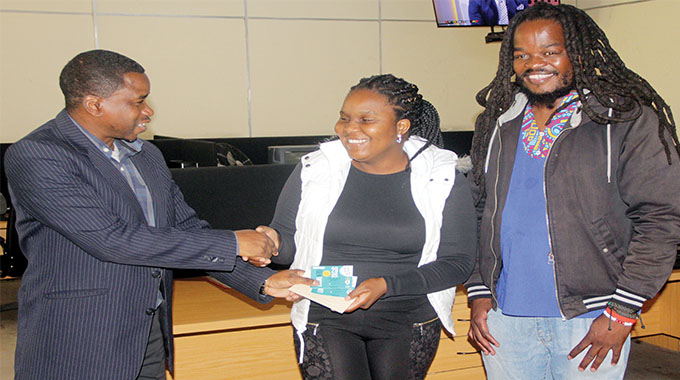
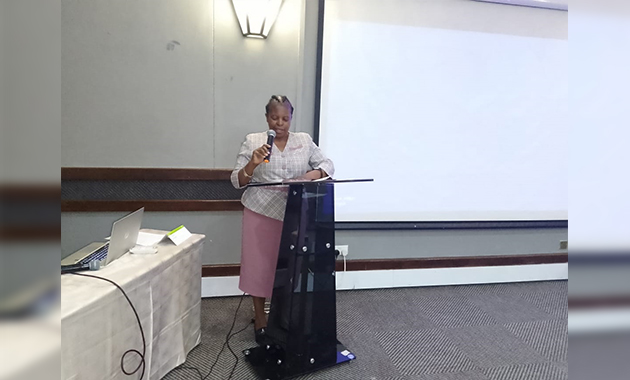
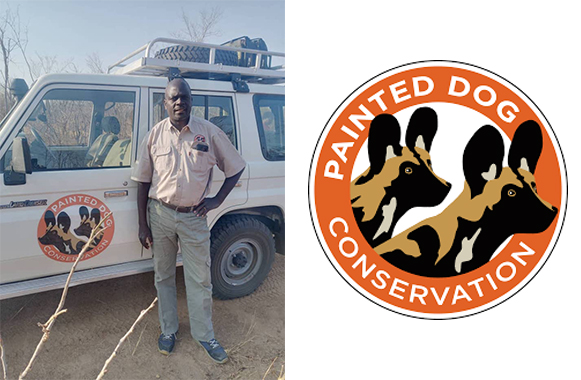
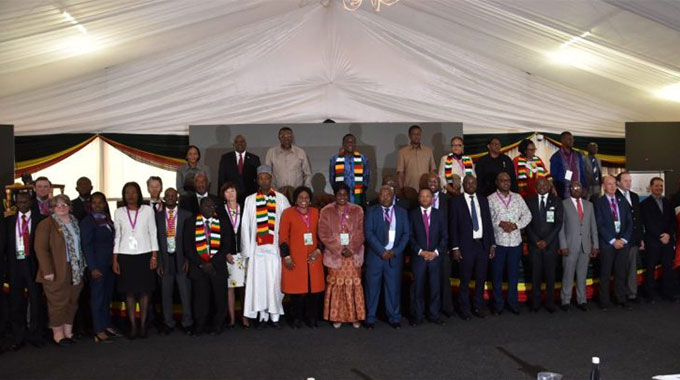




Comments